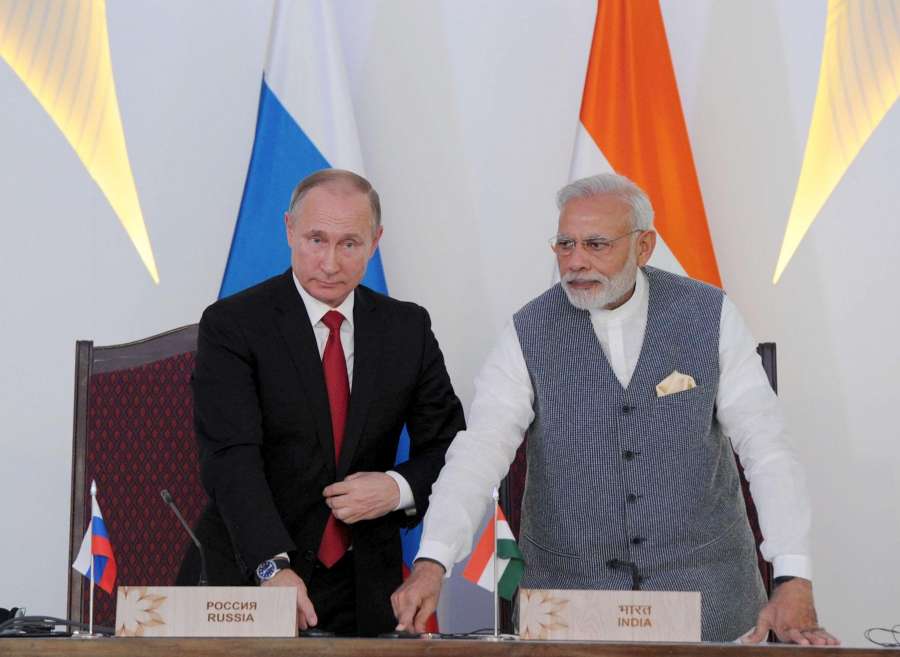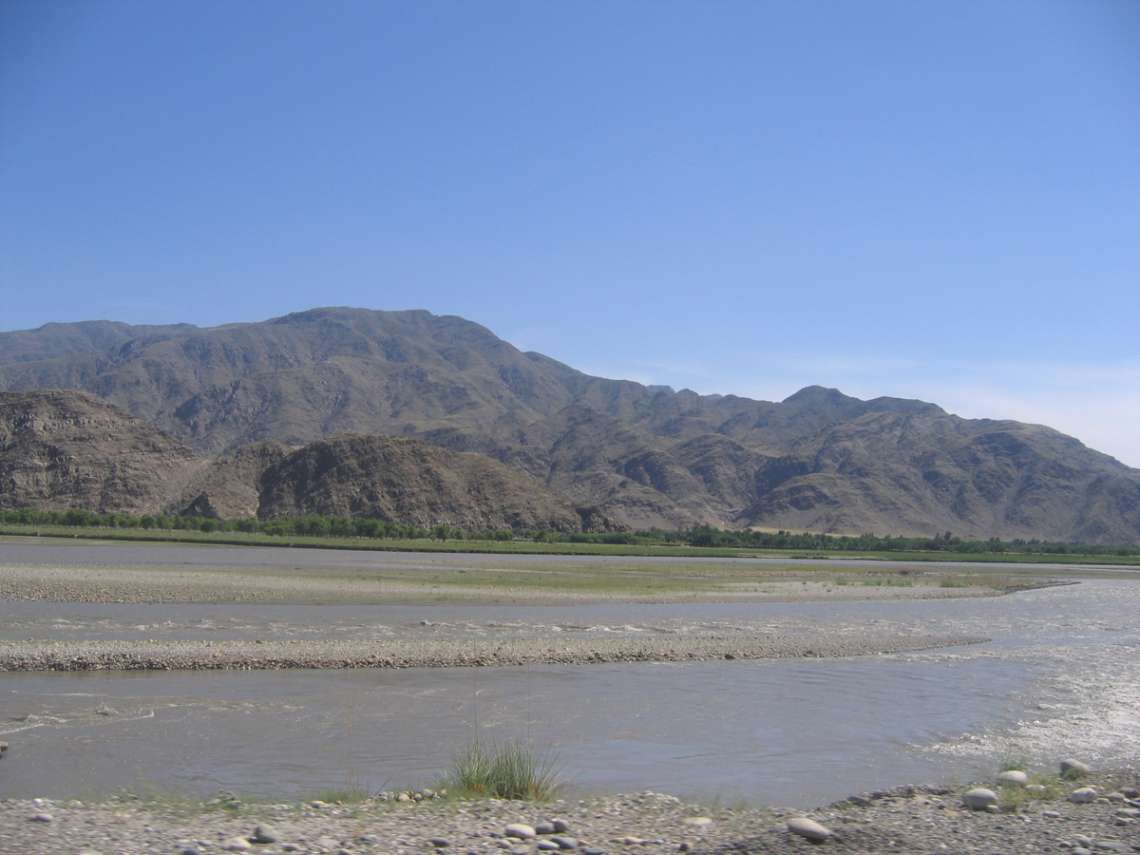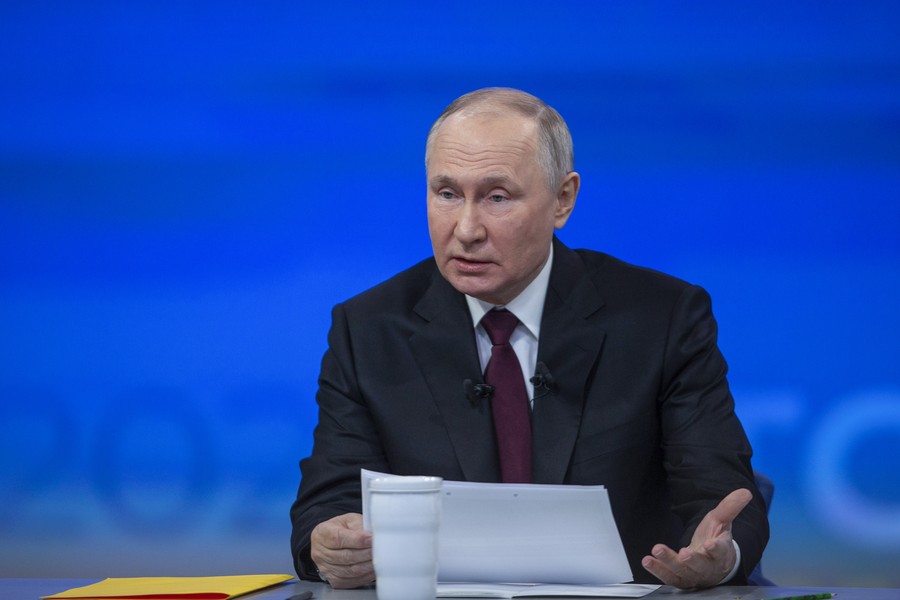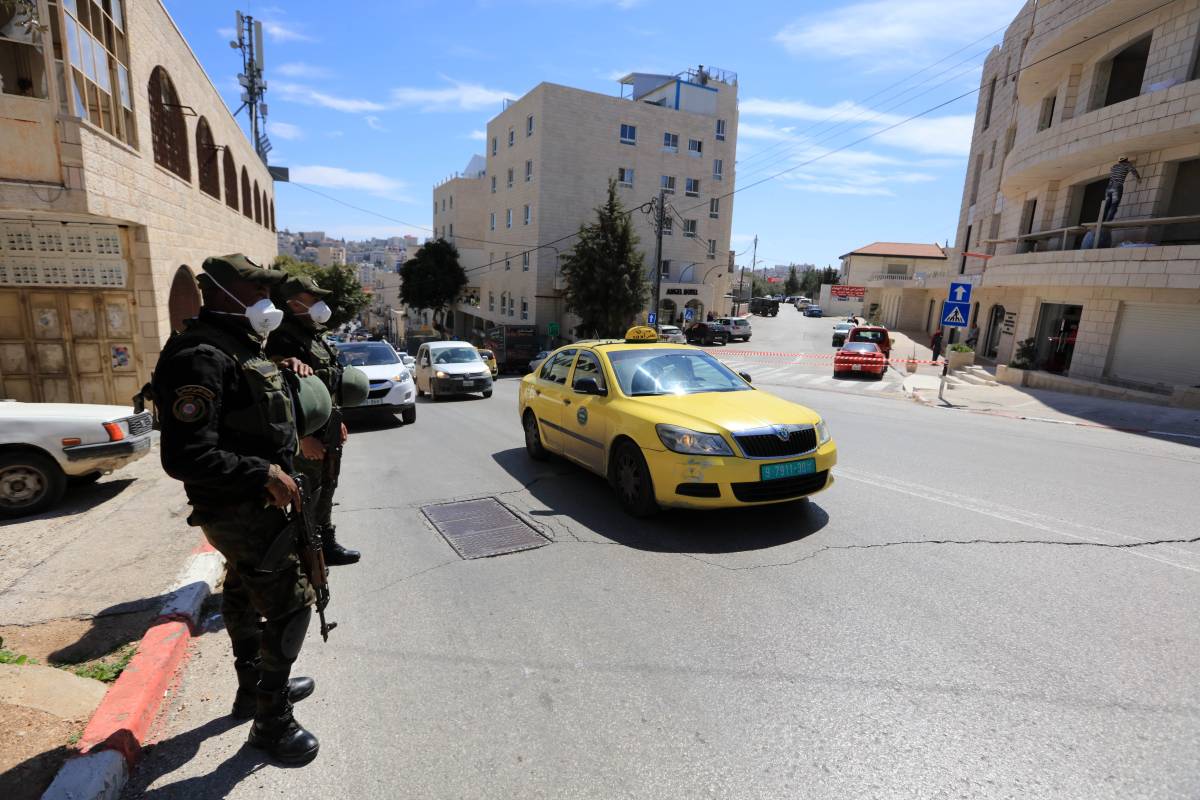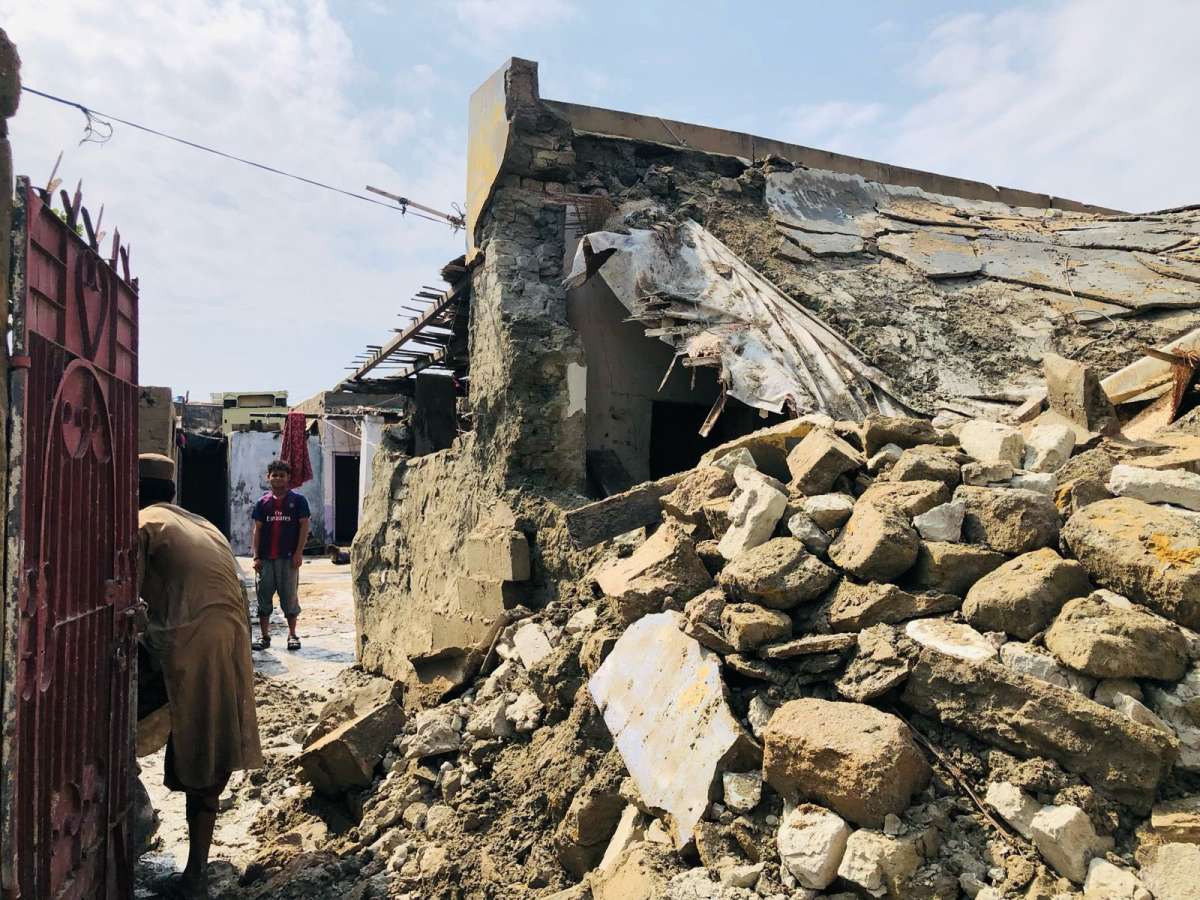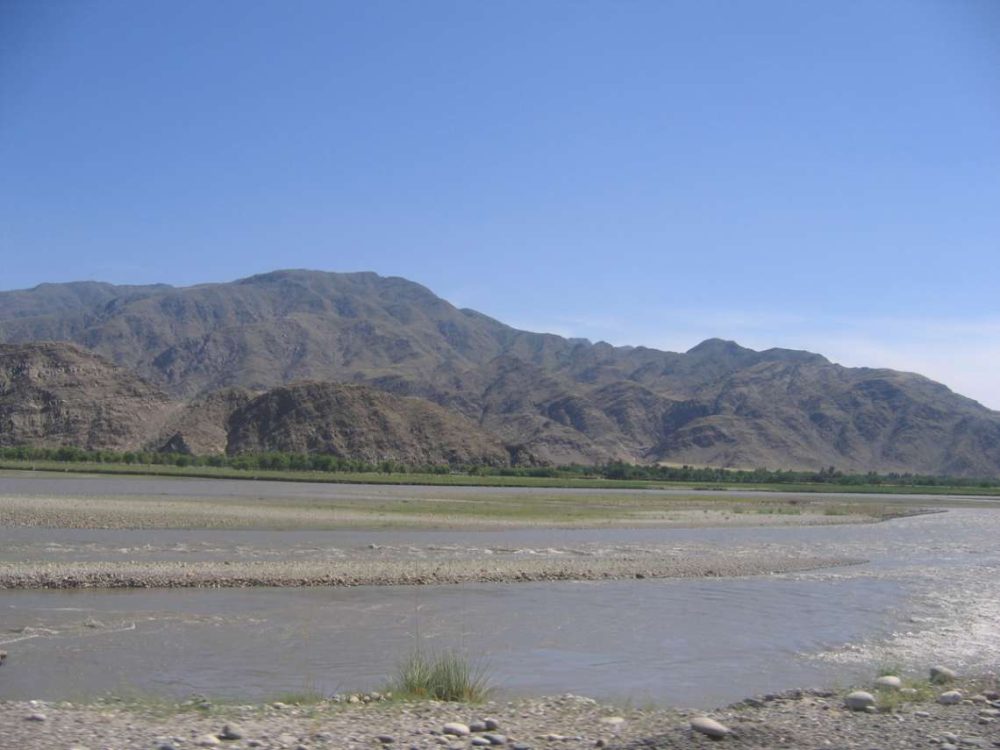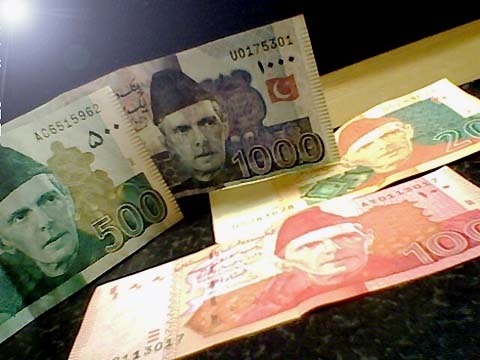Russia can use the rupees the country has accumulated to buy goods from India, and to invest in a country that the entire world sees as an attractive investment opportunity, writes Prof. Madhav Das Nalapat
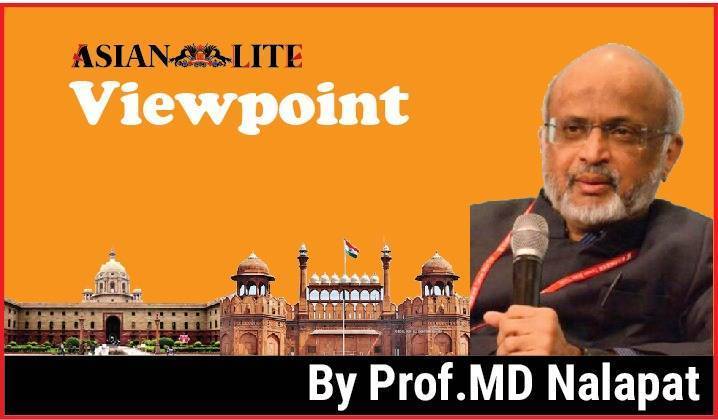
In 1991, the Soviet Union broke up into a medley of countries, including Georgia, Ukraine and the Central Asian republics. Boris Yeltsin, who took over from Mikhail Gorbachev after the breakup, outsourced economic policy mainly to US experts, who not surprisingly recommended and got adopted by the new government policies that threw the Russian economy into chaos.
An example was the Soviet banking system, which was dismantled and replaced by a starkly dysfunctional alternative that offered neither returns nor stability. Millions who had placed their savings in the old system saw their money wiped out by a stroke of the pen, and who therefore were thrown into penury. The value of the ruble plummeted in a manner reminiscent of the decline of the German mark in the beginning of the 1930s, with the middle class being wiped out economically and converted into the largely unemployed poor.
Only India stepped in with a helping hand, adopting during the tenure of Finance Minister Manmohan Singh the Rupee-Ruble deal, in which the Russian ruble was arbitrarily valued at more than a thousand times its value in exchange markets. Every other country that paid back Russia the debt incurred during Soviet times did so at the prevailing exchange rate, thereby enjoying a windfall. Most refused to pay back Soviet-era debt, arguing that they were entitled to do so, as the Soviet Union no longer existed.
Only India did its old friend, newly named the Russian Federation, a favour that in effect cost about USD 12 billion over time, a huge expenditure for a country that was still struggling to extinguish poverty. Through that gesture, India under Narasimha Rao showed that it was a true friend of Russia, but got very little in return, as President Yeltsin had the same awe and subservience to the US in particular as his predecessor Mikhail Gorbachev had.
Old Soviet-era terms for supply of armaments were replaced by agreements that were entirely transactional and which involved much higher payments. India’s hand of friendship was brushed aside while Yeltsin followed Gorbachev in a quixotic quest to enter the European Union, or at least partner with its members. Yeltsin’s successor in 1999, Vladimir Putin, initially sought to partner with the EU, but who understood by around 2005 that there was no room for Russia in the European Union.

The EU antipathy towards Russia was most recently in evidence in the US-EU behaviour in Ukraine, a country that once housed much of the scientific establishment of the Soviet Union, especially in its eastern provinces. In 2014, there was a regime change in Kiev that was caused not by the ballot but by street violence, a replay of the Arab Spring of 2011. US and EU sanctions began to pile up against Russia, each being designed to downsize the Russian economy and thereby make the lives of its citizens even harder than was already the case.
In 2014, India had a change of Prime Ministers, caused entirely through the ballot box, in which Narendra Modi replaced Manmohan Singh as Prime Minister. Rather than join the countries that were hostile to Russia, India has always remained a friend, and Prime Minister Modi soon established a close friendship with President Putin. In 2022, Russian armed forces entered the Crimea, Donbas and Lugansk in Ukraine to forestall an anticipated attempt by the Ukrainian armed forces to wrest back control of these regions from the Russianspeaking governments that were functioning there.
The US,UK and the EU began a proxy war against Russia through Ukraine, and again India showed its reliability as a friend by refusing to join in the numerous hostile actions initiated by the West against the Russian Federation. Prime Minister Modi stood firm in his view from the start of the proxy war in 2022, which was that what was needed was a ceasefire on the basis of the status quo, a stance opposed by NATO, which sought to ensure that the government in Kiev got back control of the territories it had lost in 2014.

Just as President Putin and Prime Minister Modi have remained close friends, with India in 2023 holding a G20 summit without Ukrainian President Zelenskyy attending in the manner he had at so many conclaves, and in 2023 Modi’s diplomacy succeeded in getting unanimously passed a G20 conference document that refrained from criticism of Russia. Just as it had on so many previous occasions, India showed that it was a true friend of Russia.
The Russian people are proud and determined, and most seem to have understood through the conduct of the UK and the EU towards them that they are not Europeans but Eurasians, who belong both to the Old World, Europe, and to the New World, the world of the future, Asia. Given that, it makes sense to have a new Rupee-Ruble agreement, especially as both the rupee and the ruble are relatively stable in value.
Russia can use the rupees the country has accumulated to buy goods from India, and to invest in a country that the entire world sees as an attractive investment opportunity. Beijing would like payments to be made by India to Russia in PRC currency, something that would be unwelcome to India. Instead, most of the trade needs to be in the respective currencies of Russia and India, and it is expected of President Putin that he will spurn the example of his predecessor Boris Yeltsin, who failed to reciprocate the friendly gestures made by India, including through the Manmohan Singh Rupee-Ruble deal.
It is time for a new bilateral currency deal, so that the friendship between the two countries creates a situation that would be to the mutual benefit of both India and Russia.
ALSO READ: Russia Rules Out Stationing Nukes in Space


